Health Conscious Consumer Trends
The Organic Soup Market is experiencing a notable shift as consumers increasingly prioritize health and wellness. This trend is driven by a growing awareness of the benefits of organic ingredients, which are perceived to be free from harmful pesticides and additives. According to recent data, the organic food sector has seen a steady annual growth rate of approximately 10%, indicating a robust demand for healthier food options. As consumers become more health-conscious, they are gravitating towards organic soups that offer nutritional benefits, such as high fiber content and low sodium levels. This shift not only reflects a change in dietary preferences but also suggests a broader movement towards holistic health, where food choices are aligned with personal well-being. Consequently, the Organic Soup Market is likely to expand as more consumers seek out products that support their health goals.
Convenience and On-the-Go Consumption
In the fast-paced lifestyle of modern consumers, convenience plays a pivotal role in food choices, particularly within the Organic Soup Market. The demand for ready-to-eat and easy-to-prepare meals has surged, as individuals seek nutritious options that fit their busy schedules. Recent statistics indicate that the convenience food sector is projected to grow by 8% annually, with organic soups being a significant contributor to this trend. Consumers are increasingly opting for packaged organic soups that require minimal preparation, allowing them to maintain a healthy diet without sacrificing time. This trend is particularly appealing to working professionals and families, who are looking for quick meal solutions that do not compromise on quality. As a result, the Organic Soup Market is likely to see continued innovation in packaging and product offerings to cater to this growing demand for convenience.
Sustainability and Ethical Consumption
The Organic Soup Market is significantly influenced by the rising consumer demand for sustainability and ethical sourcing practices. As environmental concerns become more pronounced, consumers are increasingly seeking products that align with their values. Data suggests that approximately 70% of consumers are willing to pay a premium for sustainably sourced food products. This trend is particularly relevant in the organic soup segment, where brands that emphasize eco-friendly packaging and responsible ingredient sourcing are gaining traction. The emphasis on sustainability not only appeals to environmentally conscious consumers but also enhances brand loyalty, as customers are more likely to support companies that demonstrate a commitment to ethical practices. Consequently, the Organic Soup Market is poised for growth as brands adapt to these consumer preferences, potentially leading to a more sustainable food system overall.
Diverse Flavor Profiles and Culinary Innovation
The Organic Soup Market is witnessing a surge in demand for diverse flavor profiles and culinary innovation. As consumers become more adventurous in their eating habits, they are seeking unique and exotic flavors that go beyond traditional offerings. This trend is reflected in the increasing popularity of globally inspired organic soups, which incorporate ingredients and spices from various cuisines. Market data indicates that the introduction of innovative flavors can lead to a 15% increase in sales for organic soup brands. This culinary exploration not only caters to the evolving tastes of consumers but also encourages brands to experiment with new recipes and ingredients. As a result, the Organic Soup Market is likely to benefit from this trend, as companies that embrace creativity and diversity in their product lines can capture a broader audience.
Increased Availability and Distribution Channels
The Organic Soup Market is experiencing enhanced availability and distribution channels, which is crucial for meeting the growing consumer demand. Retailers are increasingly recognizing the potential of organic products, leading to a broader presence of organic soups in supermarkets, health food stores, and online platforms. Recent data indicates that online grocery sales have surged, with organic products accounting for a significant portion of this growth. This increased accessibility allows consumers to easily find and purchase organic soups, thereby driving market expansion. Furthermore, partnerships between organic soup brands and major retailers are becoming more common, facilitating wider distribution and visibility. As a result, the Organic Soup Market is likely to continue its upward trajectory, as improved distribution channels make it easier for consumers to access a variety of organic soup options.
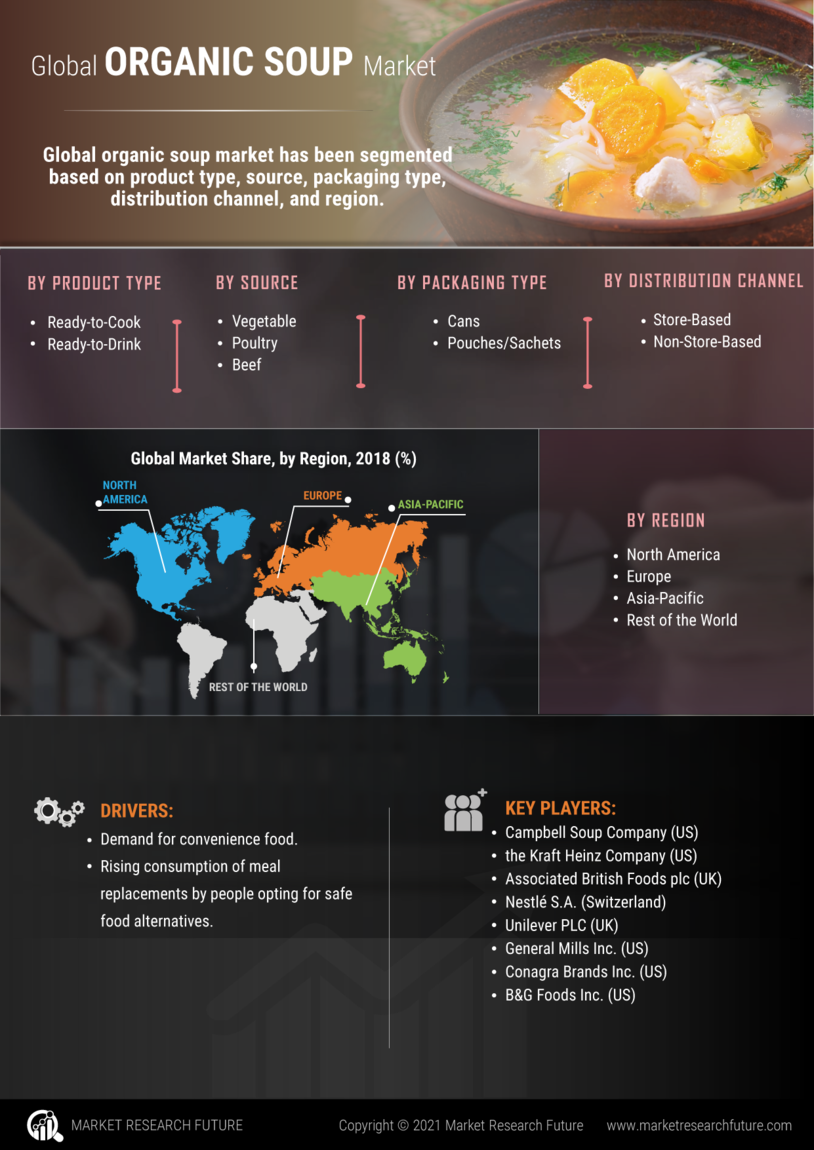


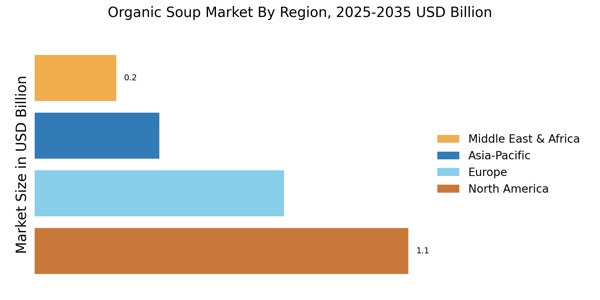
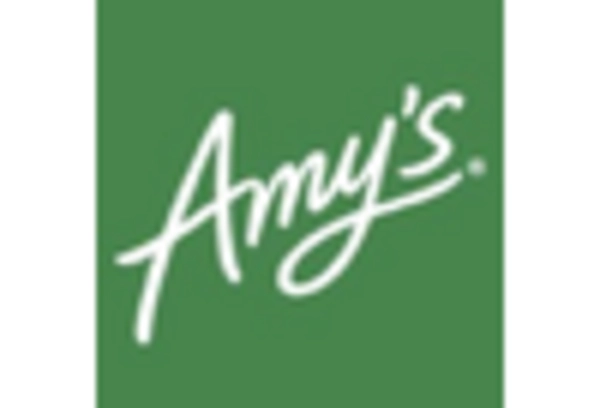

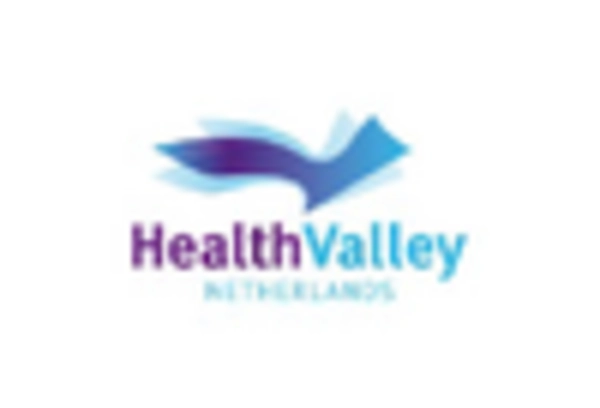
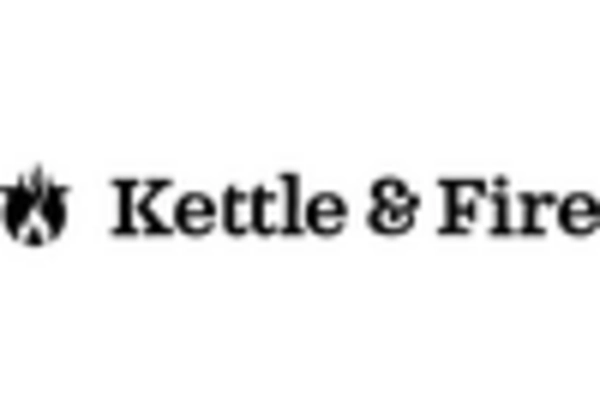

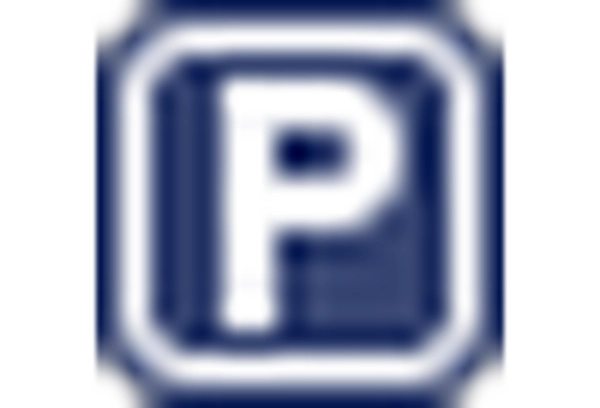








Leave a Comment